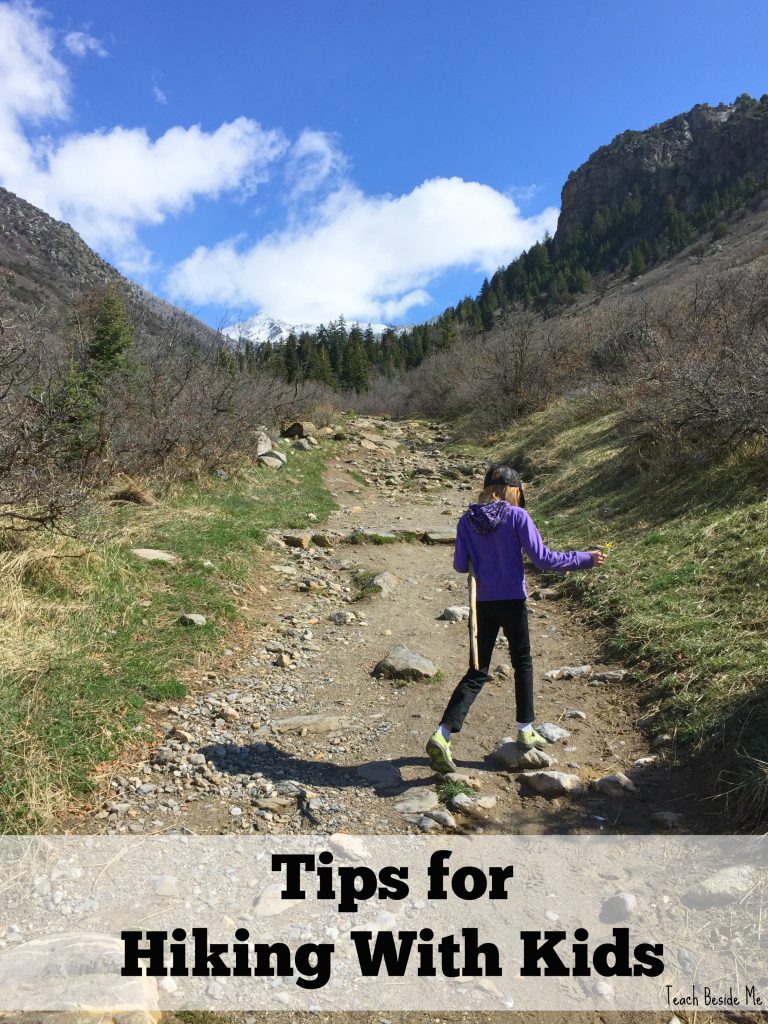Food Science: Make a Loaf of Bread in a Bag
This post may contain affiliate links.
We love doing food science in our homeschool. Today I want to show you how to mix and rise a loaf of bread in a bag. It’s a simple hands-on learning activity for kids of all ages.

I used to use this recipe in my Foods & Nutrition class when I taught high school Home Economics classes over 20 years ago! My students always loved this activity and so do my own kids!

This Bread in a Bag recipe is delicious and simple to make. You needn’t fear baking bread with this one! Bread making is often scary to people, but I promise anyone can do it. Everyone loves homemade bread.

Why not use a bowl? Well doing this bread recipe in a bag adds a sensory element for kids. They can shake and mix and squeeze in ways that they couldn’t when making it in a bowl. This recipe is a fun way to get a classroom full of kids involved in the bread making process. They can all take a turn kneading it. They can watch as the bubbles form and the dough rises.
Loaf of Bread in a Bag Recipe

4 cups of flour (I used 1 cup of whole wheat flour and 3 cups of white all purpose flour, but it work’s great with all white, too.
1 Tablespoon of rapid rise yeast
2 Tablespoons of sugar
1 teaspoon of salt
1 1/2 cups of very warm water
2 Tablespoons of butter or oil
Cooking Spray
1 Gallon size Ziploc bag
Loaf Pans
Download a printable version of this recipe here!

Instructions:
In a gallon sized resealable plastic bag, add all of the dry ingredients- salt, flour, yeast and sugar. Seal it and shake or mix well.

Pour in the water and add the butter or oil. If using butter it must be very soft. Seal the bag and let out most of the air.

Begin slowly kneading the dough. Once it is mixed well, you can knead it for a few minutes. Open the bag and test the consistency. It may need slightly more water or flour depending on its moisture level. When it is the right consistency, it should not stick to the sides of the bag.

Let the dough rest and rise for about 30 minutes. You will see it begin to bubble and expand.

Open the bag and remove the dough onto a lightly floured or greased surface.

Shape the dough into a loaf and place in a lightly greased bread pan or on a cookie sheet for a free form loaf.

Cover it with lightly greased plastic wrap. Or grease the outside of the plastic bag you used previously to cover it. Place it in a warm spot and allow it to rise until doubled in size. This takes about an hour usually.
This could also be refrigerated overnight if you cannot make it right away. When I taught Foods classes, we never had enough time to do it all in one class period, so we put the bags in the fridge and finished it the next day.

Preheat the oven to 350 degrees Fahrenheit and bake for 25-30 minutes, until golden brown on top. Cool slightly before slicing.

This dough could also be used as rolls, breadsticks, a loaf, or even as a pizza crust. Use as desired.
Download a copy of this recipe now!
The Science: How & Why Does Bread Rise?
Did you know that yeast is actually a single-celled living microorganism? It is a fungus called Saccharomyces cerevisiae. This organism loves to eat sugar and starch. It is essential in the bread making process.
When yeast is combined with sugar it eats is and excretes a carbon dioxide gas which makes it bubble. This is also called fermentation. These bubbles get trapped in the gluten and starch of the dough. The bubbling expands the dough and causes it to rise.
Yeast thrives best in warm temperatures which is why we add warm water to dough and let it rise in a warm place.
When you make this bread in a bag you can watch the bubbling and fermenting happen. It’s a great demonstration for kids!
Check out my Kitchen Science Experiments post to see another way to show how best work!

See More Food Science Experiments and Activities:
Kitchen Science: Homemade Hard Candy Lollipops
Kitchen Science: Homemade Butter in a Jar
Kitchen Chemistry: Cake Experiment
Space Food: How to Make Astronaut Ice Cream
Want some more in depth cooking lessons for your kids? Check out this course:







